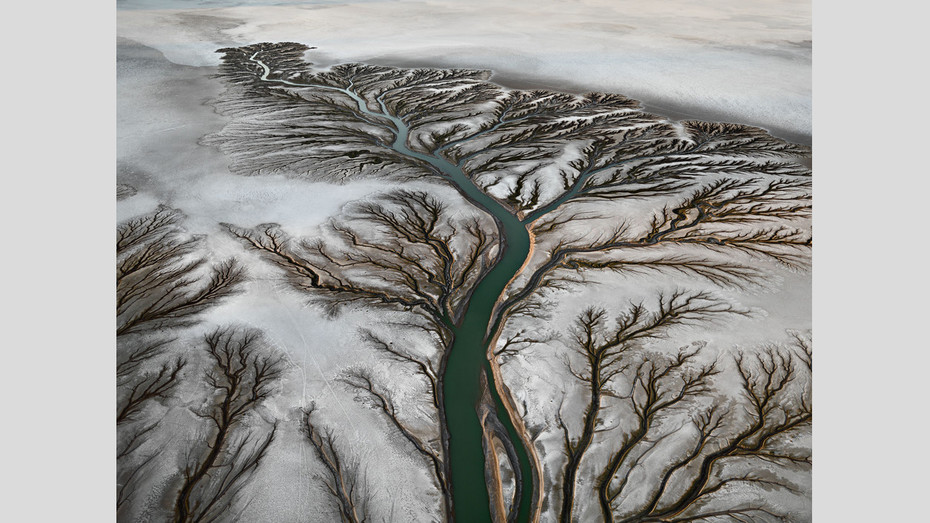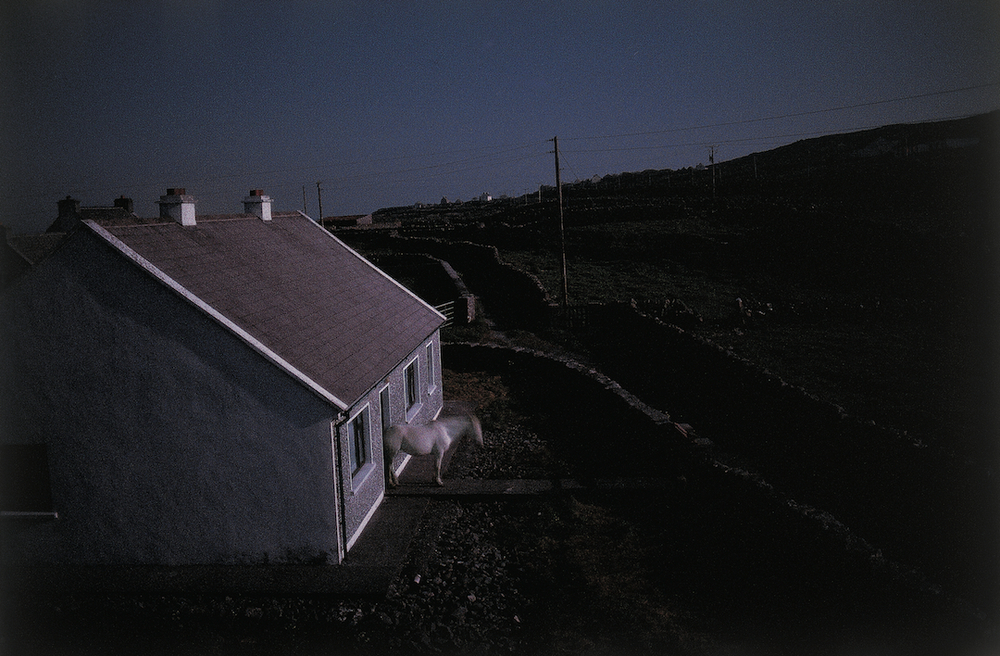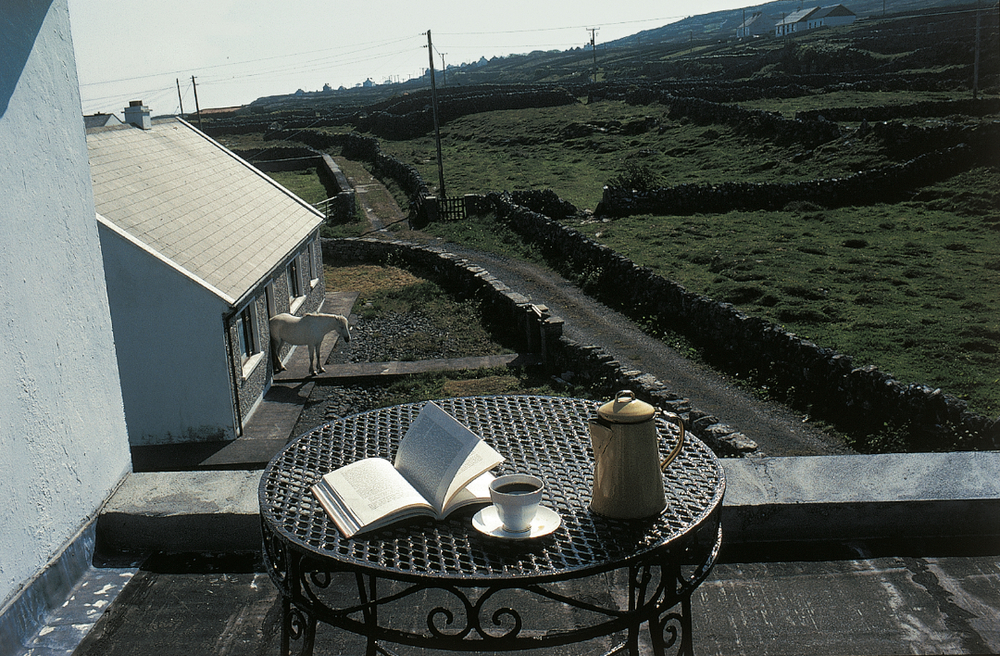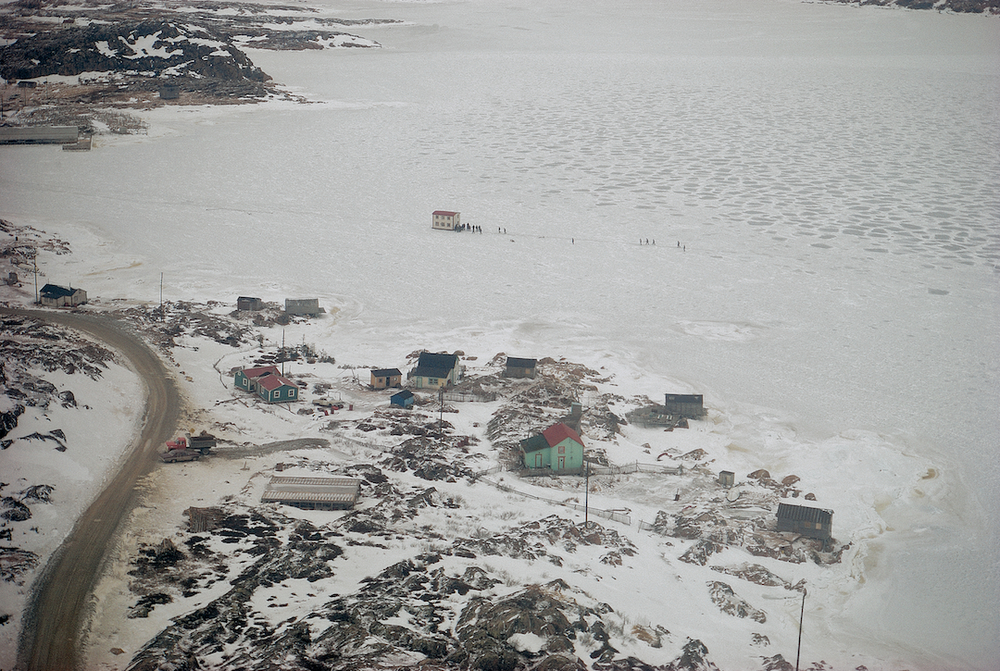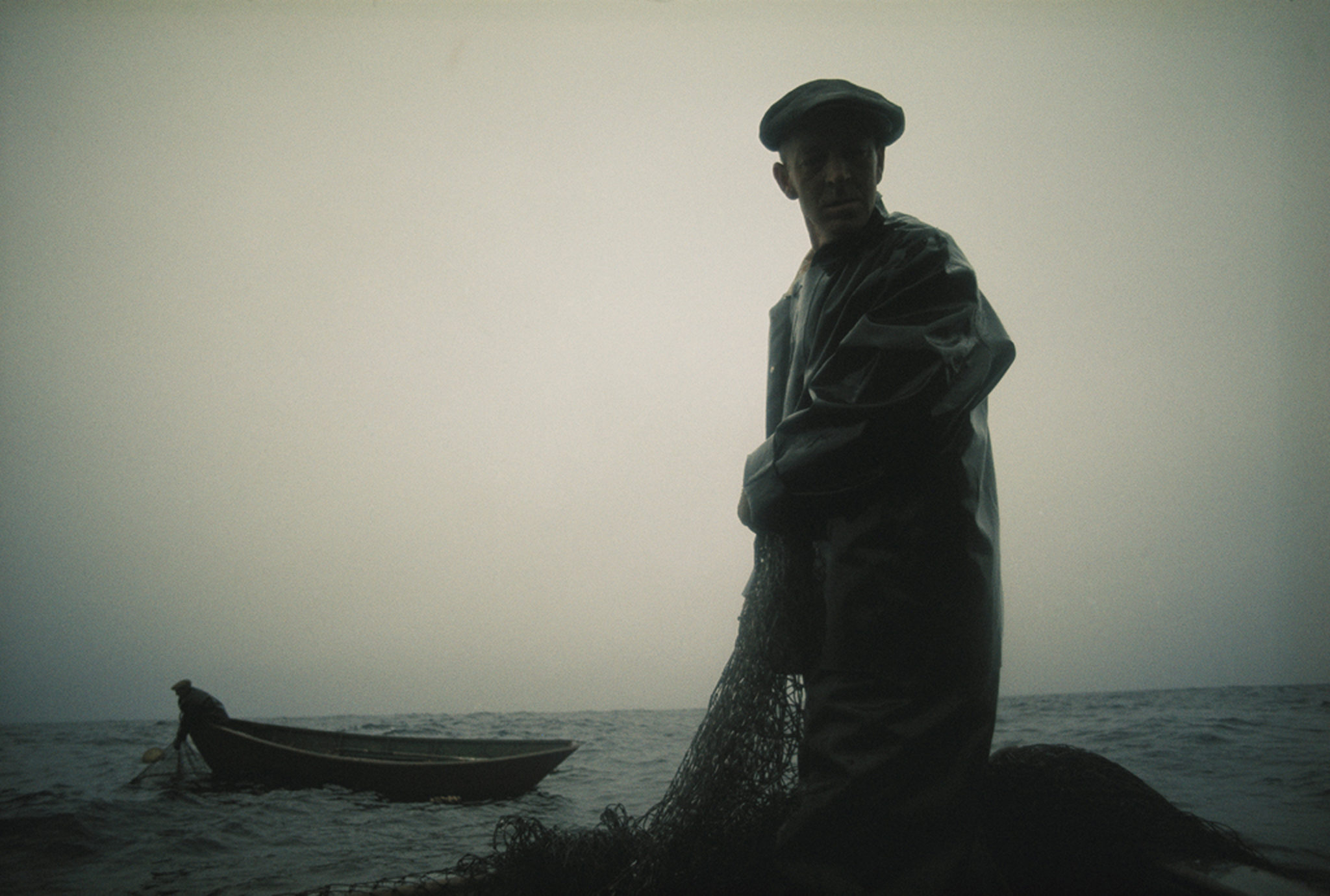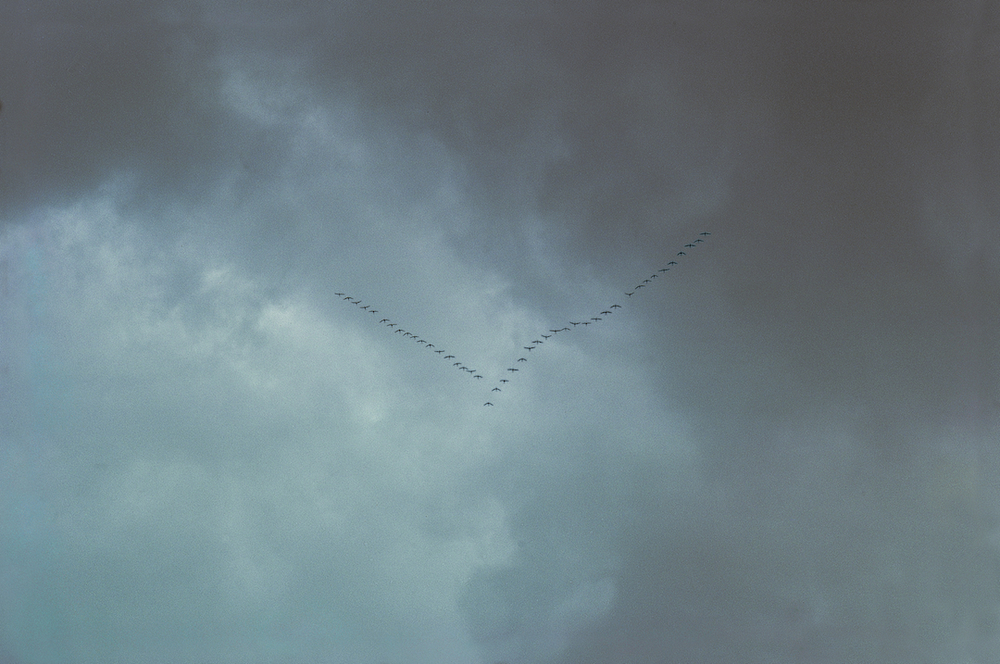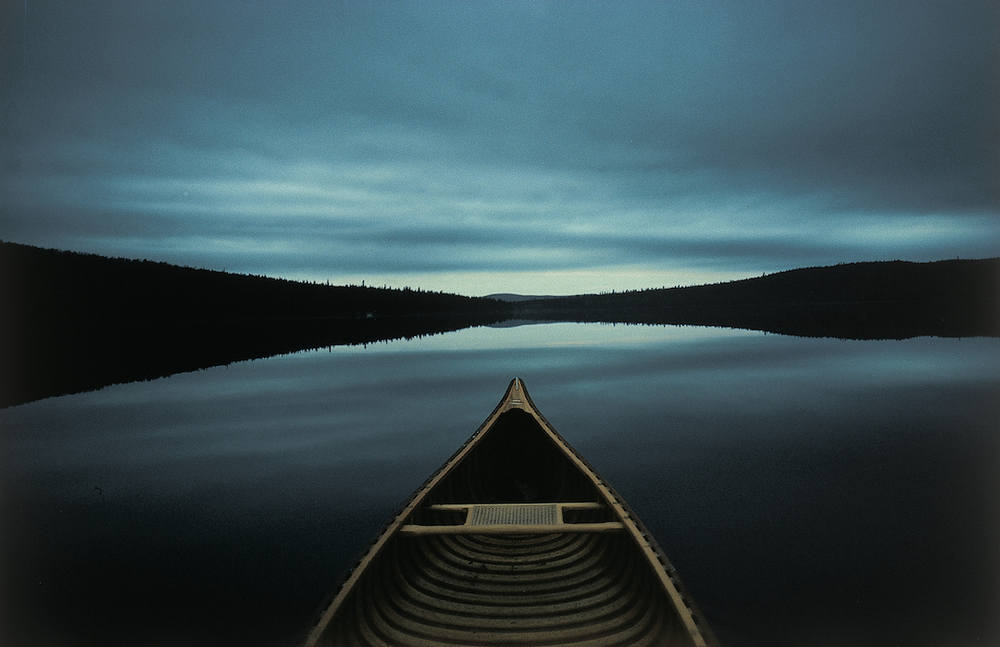Waking up early in the morning while on a school break probably isn’t on too many people’s list of things to do. To tell you the truth it wouldn’t have been on my either but on this morning, my friends and I were heading on a 14-day photo road trip. We have been planning this trip over the last few weeks of our school quarter. It was a long time since I’ve done a road trip that wasn’t for work so I was particularly excited for this one. We had a route of about 15 places of interest. We knew we weren’t going to be able to get to them all. We planned it that way. We wanted to be able to choose day by day which place we would go to next.
Our first destination was White Sands, New Mexico. I was taken back by the how the white dunes stretched toward the mountains. It’s hard to imagine these dunes moving but that’s exactly what they do. They start out as gypsum deposits that are brought down from the mountains during the rainy season. Under the warm autumn sun, the water beds evaporate leaving gypsum deposits, that wait for the winter and spring winds to carry them across the valley. As the wind rolls them alone, they break apart into increasingly small and smaller grains. The desert can travel over a foot in a windy year. It was only about 8000 years ago that White Sands began to form. In a geological scale that is often measured in millions if not billions, 8000 years is equivalent to a blink of the eye.
Despite my contradictory notions of science and spirituality, White Sands connected both for me in a way that wasn’t apparent to me before. The seasonal cycles of rain, and wind, washing mineral deposits down from the mountain, and then being carried over the vast landscape, bring both plant and wildlife to the desert. I couldn’t help but see parallels between the seasonal cycles with the spiritual elements earth, water, air, and the sun, leading me to consider that perhaps science and spirituality don’t necessarily have to be contradicting forces.




